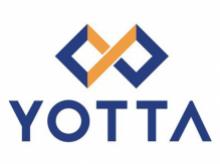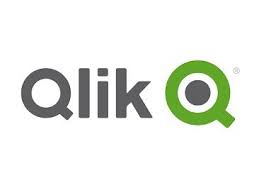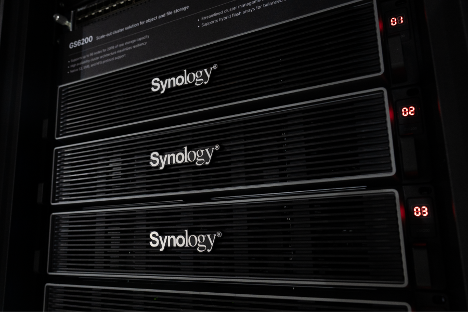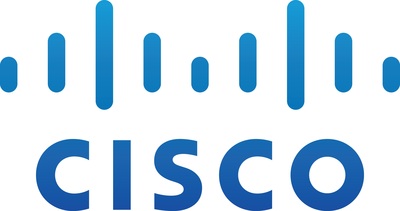Microsoft announces Phi-3, a family of open AI models
Microsoft announced the Phi-3 family of open models, the most capable and cost-effective small language models
available. Phi-3 models outperform models of the same size and next size up
across a variety of benchmarks that evaluate language, coding and math
capabilities, thanks to training innovations developed by Microsoft
researchers.
Microsoft is now making the first in that family of
more powerful small language models publicly available: Phi-3-mini, measuring 3.8
billion parameters, which performs better than models twice its size, the
company said.
Starting today, it will be available in the Microsoft Azure AI Model Catalog and
on Hugging Face,
a platform for machine learning models, as well as Ollama, a lightweight
framework for running models on a local machine. It will also be available as
an NVIDIA
NIM microservice with a standard API interface that can be
deployed anywhere.
Microsoft also announced additional models to the Phi-3 family are
coming soon to offer more choice across quality and cost. Phi-3-small (7
billion parameters) and Phi-3-medium (14 billion parameters) will be available
in the Azure AI Model Catalog and other model gardens shortly.
Small language models are designed to perform well for simpler tasks,
are more accessible and easier to use for organizations with limited resources
and they can be more easily fine-tuned to meet specific needs.
“What we’re going to start to see is not a shift from large to small,
but a shift from a singular category of models to a portfolio of models where
customers get the ability to make a decision on what is the best model for
their scenario,” said Sonali Yadav, principal product manager for Generative AI
at Microsoft.
“Some customers may only need small models, some will need big models
and many are going to want to combine both in a variety of ways,” said Luis
Vargas, vice president of AI at Microsoft.
Choosing the right language model depends on an organization’s specific
needs, the complexity of the task and available resources. Small language
models are well suited for organizations looking to build applications that can
run locally on a device (as opposed to the cloud) and where a task doesn’t
require extensive reasoning or a quick response is needed.






























Leave A Comment